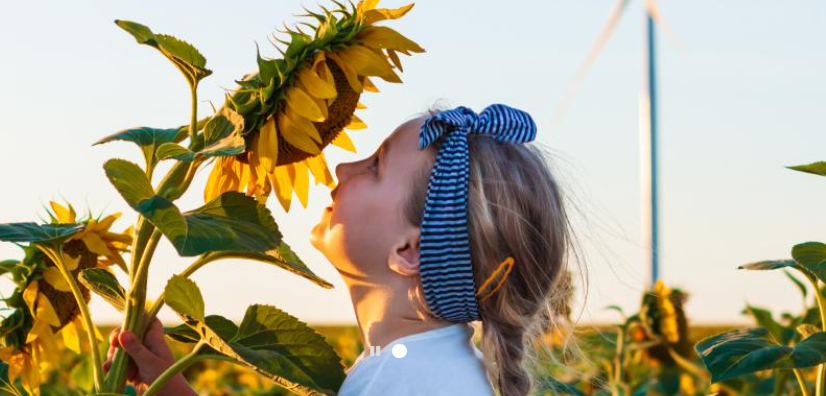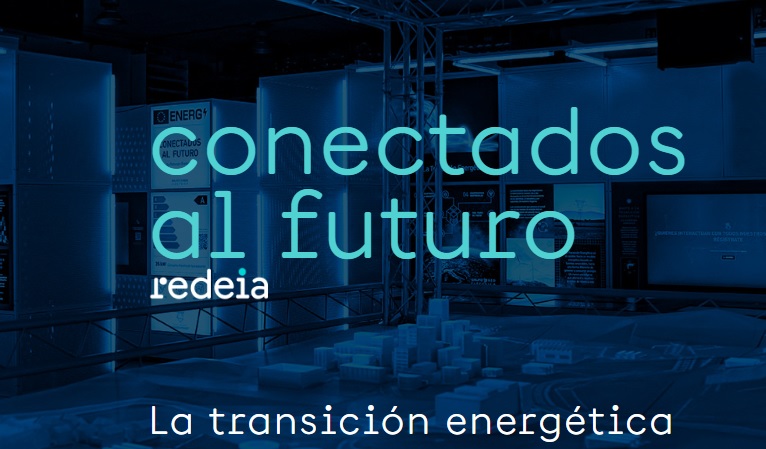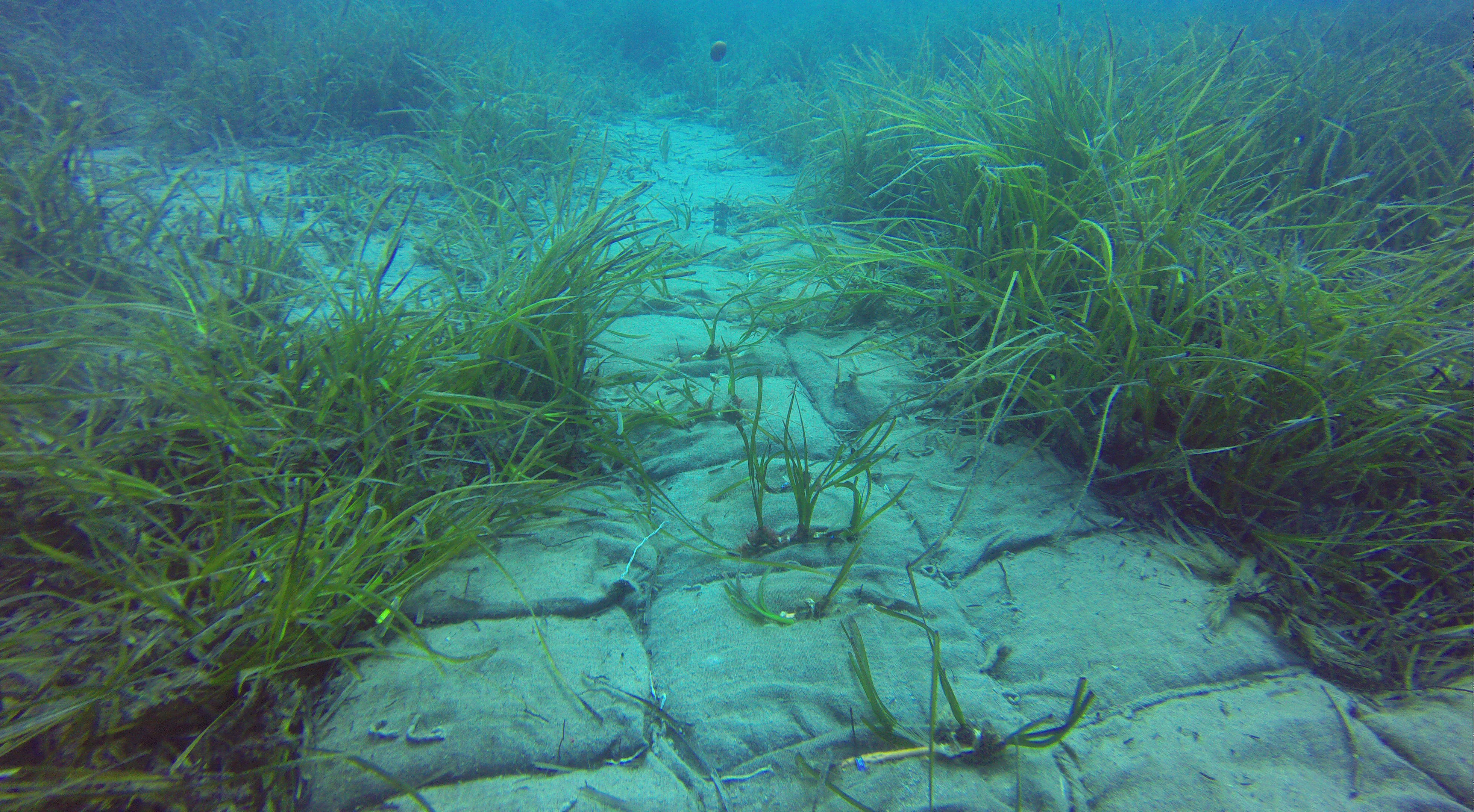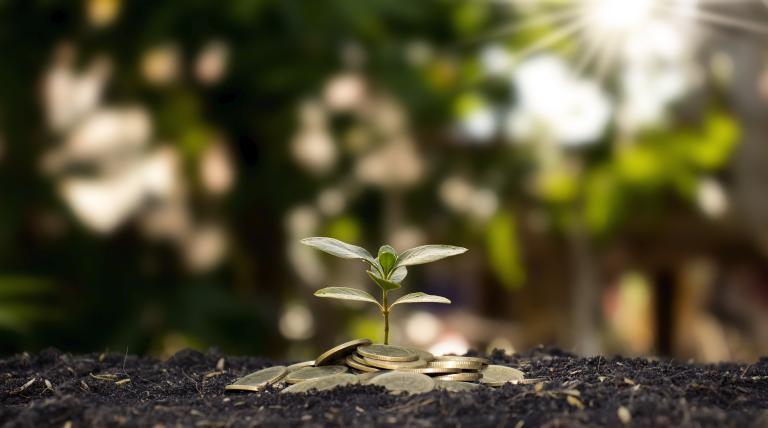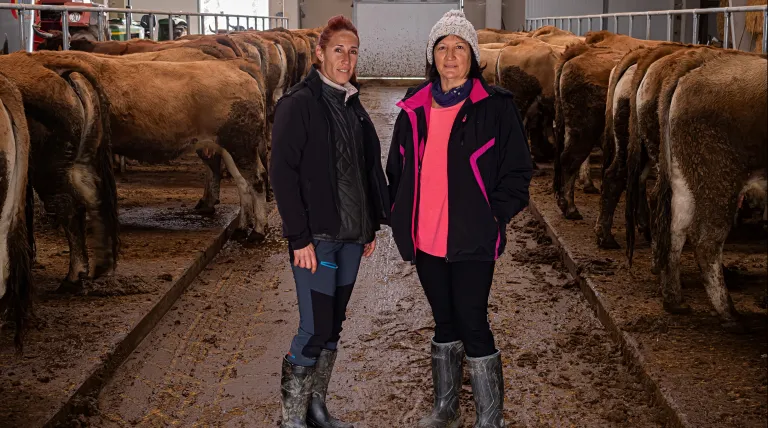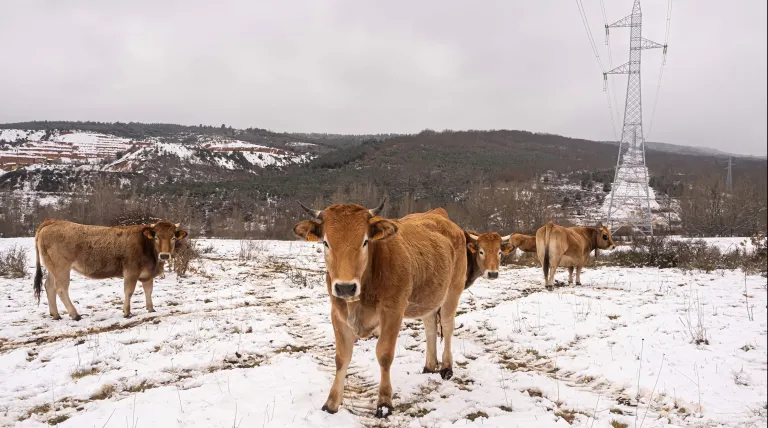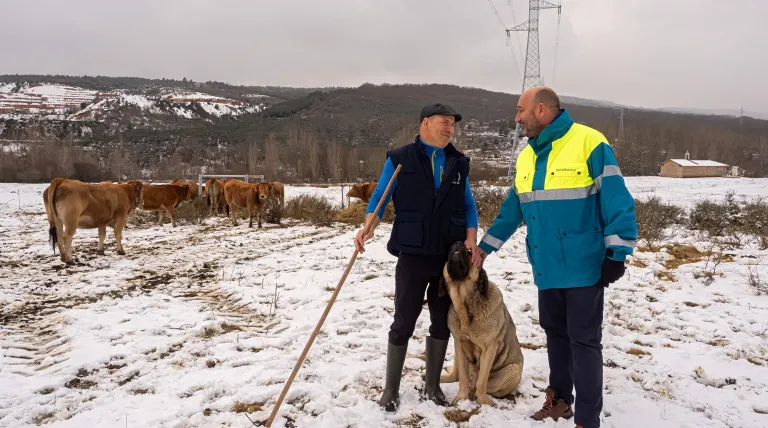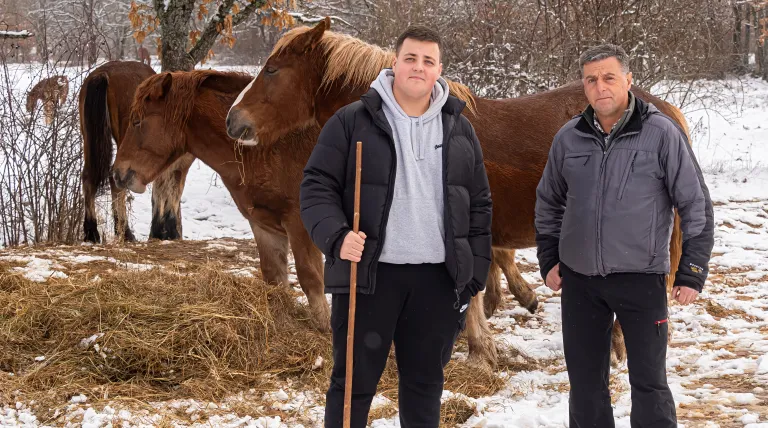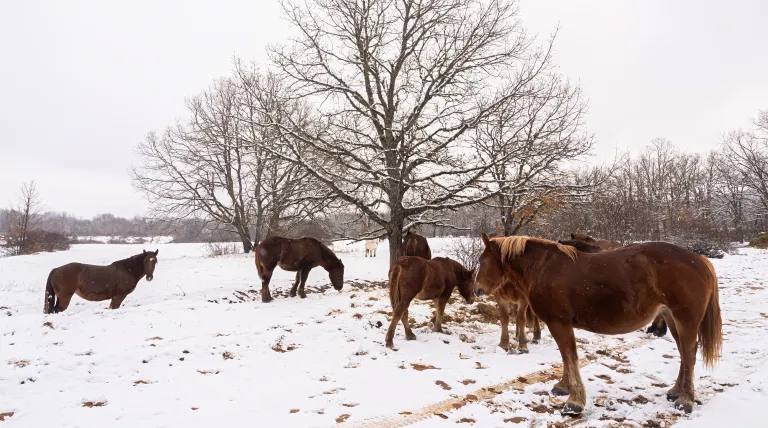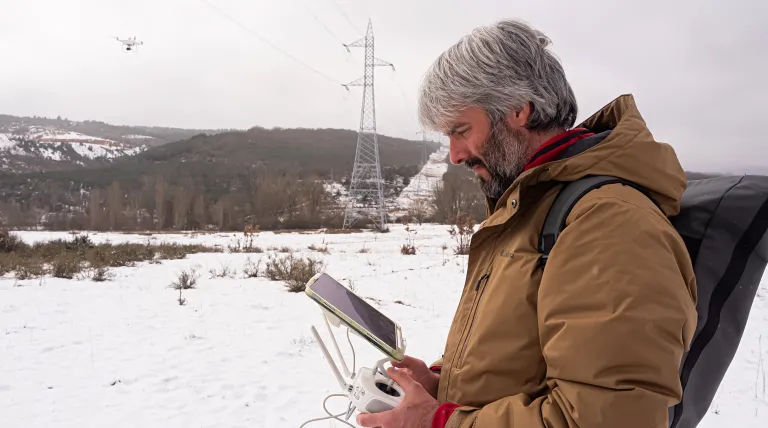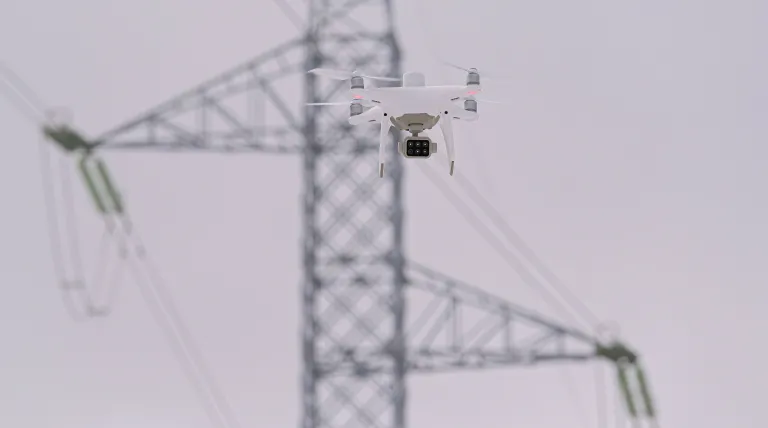We are a global operator of essential infrastructure
- Eight livestock farms are maintaining vegetation along 28 kilometres of the energy transmission grid in the mountains of León
- Redeia aims to create a biodiversity corridor along the Red Eléctrica power lines in this area, with one-third already completed
Pastoreo en Red, an initiative by Redeia that promotes livestock participation in clearing vegetation beneath Red Eléctrica's power lines, is already supported by eight livestock farms in Castile and León.
Specifically, these are farms in La Robla, Villamanín, Pola de Gordon, La Ercina, and Cistierna that are managing and maintaining the vegetation along the lines situated in the León mountains through extensive livestock farming and managed grazing. In total, 2,900 sheep, 370 cows, and 35 equines are grazing over an area of 65 hectares along 28 kilometres of the Soto-Robla and Velilla-Robla power lines.
This collaboration, maintained by Redeia through its subsidiary Red Eléctrica in the León mountains with livestock farmers and shepherds, is part of its Comprehensive Impact Strategy. This strategy aims for the corporation and its subsidiaries to create value in the areas where their infrastructure is located, offering solutions to the social and environmental challenges faced by these communities.
The initiative has expanded since 2022, when it launched an initial project with a farm of 120 cattle to manage the vegetation beneath 3.5 kilometres of power line, approximately 9 hectares, in Casares de Arbas (Villamanín).
Over this period, the company has been expanding the grazed area as well as collaboration agreements with more livestock farmers, consistently supported by Agrovidar for project management, from designing the grazing plan to measuring the positive impact grazing is having on mountain biodiversity, transforming Red Eléctrica's infrastructure into biological corridors.
According to the sampling and data collected over these years, grazed areas show greater biodiversity rates than areas without grazing: there is a greater presence of arthropods, butterflies, pollinators, and floral units in the former compared to the latter. Furthermore, livestock activity has decreased the biomass volume and altered the vegetation type: shrubland and bushes have been replaced with grassland, reducing the risk of forest fires.
For this reason, Redeia aims to establish a biodiversity corridor by using livestock along the route throughout the León mountains. With the current grazed area, one-third is already covered.
'Grazing the transmission grid in the mountains of León demonstrates the commitment of Redeia and Red Eléctrica to environmental stewardship and rural development, particularly considering that part of the grid lies within the Alto Bernesga Biosphere Reserve and that the León mountains have been acknowledged by the FAO, the Food and Agriculture Organization of the United Nations, as a Globally Important Agricultural Heritage System (GIAHS) for their scenic, agronomic, cultural, and anthropological values,' states Roberto Arranz, Redeia's representative in Castile and León, during a visit to the grazed areas alongside the farmers.
Bárbara Aguilar, in Candanedo de Fenar, is one of the new cattle farmers to join Pastoreo en Red in León. Her herd of 60 Asturian Valley breed cattle for beef production is recovering from the sanitary clearance it underwent a year and a half ago. 'I have only been engaged in extensive livestock farming for five years, and I've already experienced the worst ordeal a farmer can face. But here we are once more, filled with enthusiasm.' In spring, she will take her livestock to the areas of the transmission grid assigned to her. 'Always with fresh shoots, which is great, as cows prefer the tips of the grass – the tender parts. Once the first shoots appear, they consume them. This ensures that the vegetation does not gain height and that there is no dry grass that could catch fire,' she explains. Her mother-in-law, Ovidia Díez, also a cattle farmer, participating with 25 cows, adds: 'We all enjoy the fact that the land is clean. The animals eat, and Red Eléctrica is more at ease because there is no risk of fire.'
Ramiro Palacios from Agrovidar highlights that there are numerous social, environmental, and economic benefits to grazing the grid: 'Grazing helps protect the planet's natural wealth, counteracts climate change, creates jobs, stabilises population, and diversifies food production.'
Training in drone operation for herd management
Within the framework of the collaboration with Agrovidar, and at the suggestion of the Livestock Farmers' Association of the Mountains of León, the owners of the eight participating livestock farms will receive training this year on drone usage. This technology has various applications in livestock farming, such as monitoring livestock in hard-to-reach grazing areas, managing herds, and even transporting feed.
Grid grazing has been considered by the International Union for Conservation of Nature (IUCN) as a 'nature-based solution (NbS),' defined as an activity that leverages nature's existing tools to protect, sustainably manage, and restore natural and modified ecosystems for the benefit of people and nature.
